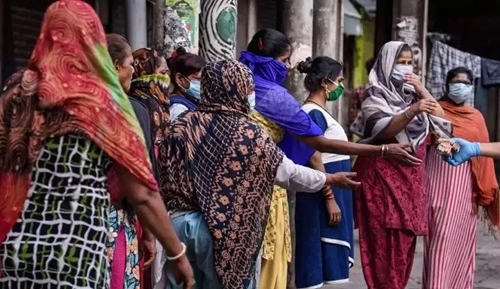If you google the term “Oldest profession of the world”, you’ll find that it is actually Prostitution. Yes, it may be a little surprising for some of you, but if you really think about it for a sec, you’ll realize why. Looking at that fact, it might appear to you that these red light areas must be legal in the country, right? Well, that is not the case, you see, as per the law, these red light areas are absolutely illegal in the country, but these red light areas somehow still manage to function.

So What Does Really The Law Say About Red Light Areas Here In India?
You see, getting a grip on the laws working in India about prostitution can be a tough task as they are a little, you know, complex. Sure, prostitution is the act of exchanging sexual services for money and it is not an illegal thing in itself. However, certain activities around it, such as running brothels, pimping, and solicitation in public, are illegal according to the Immoral Traffic (Prevention) Act, 1956 (ITPA), this law criminalizes trafficking for sexual purposes, you know?
In a clearer way, prostitution is allowed when it is private, consensual, and between adults. Simple as that! Therefore, one can say that prostitution is not particularly illegal and one can be said to be on the right and legal ground as long as he/she keeps the sex worker hidden from the community, on the other hand, most of the clients will not be willing to come to the red-light zones where prostitution usually takes place.
So, Are These Red Light Areas Really Legal In India?
You may already know of red-light areas such as Sonagachi in Kolkata, Kamathipura in Mumbai, and GB Road in Delhi where prostitution is openly practiced, often via the services of brothels, you know? But the thing is, their legal standing is actually unclear. You see, according to the ITPA, running a brothel or engaging in prostitution near public places is illegal. Therefore, while individual prostitution in private is allowed, organized prostitution in red-light areas is technically against the law.
But, you, me, and everybody know that even if the local authorities claim to have shut down brothels, red-light areas still somehow manage to exist.
Supreme Court Stance and Judicial Interpretation
Well, you see, the Supreme Court of India has always been the right forum to hear and decide on the way sex workers’ rights must be interpreted right here in India. Like, in 2022, the court in affirming the dignity of sex workers declared their right to dignity under Article 21 of the Indian Constitution. The law does not recognize the rights of brothels and trafficking and yet the authorities cannot confuse, oppress, and cause pain to sex workers, as they are entitled to basic rights such as healthcare and protection from violence, just so you know. All in all, the court has insisted that the police should treat sex workers in a dignified manner and ensure that the women are not victimized.



